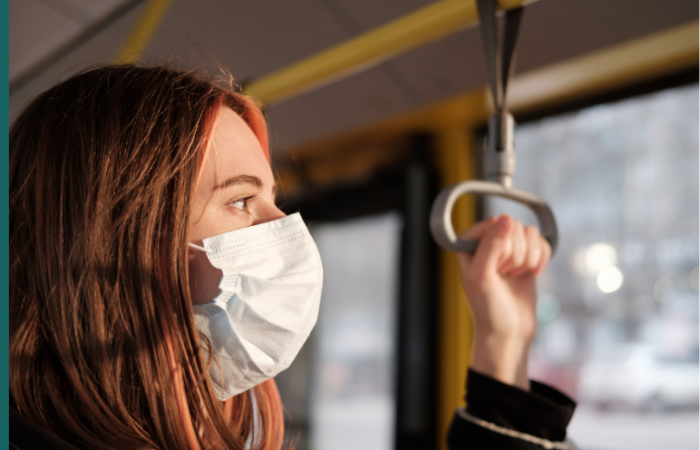The Change Challenge: What comes after the ‘New Normal’?
Just twelve weeks ago, we all experienced a sudden change on a global scale. With lockdown restrictions now gradually being lifted and with some form of ‘normality’ on the horizon, many businesses are now focussed on welcoming their workforce back to the office.
However, in the interest of both personal safety and business operations, business leaders want to ensure that their working environment is as safe as possible. Government advice includes the installation of screens, rearranging desks so employees don’t face each other and the introduction of a shift-style rota in which only a fraction of the workforce returns to the office at any one time. These changes can provide some reassurance and safety in the short-term, but what happens next? Once we’re all back in the office and have navigated yet another change curve, businesses need to be looking past the ‘new normal’ and at the challenges to come.
What about the old normal?
The prospect of a strictly clinical office environment may seem daunting, but the prospect of returning to the old normal isn’t necessarily very attractive either. In fact, a recent flash survey by Actus Software revealed that 63% of respondents believe the workplace has changed for the better over the past 12 weeks: lockdown may not have been all bad news for the business landscape. There are undoubtedly quite a few lessons that we’ve learnt from being forced into a dramatically changed way of working. And these should not be immediately forgotten.
That is not to say we should continue operating like this forever, but maybe we shouldn’t ditch all of these supposedly temporary processes just yet. In fact, the change curve of returning to work could usher in new processes that business leaders never thought possible just a few weeks ago. For example, many leaders previously sceptical of remote working and flexi-hours are likely to have been proven wrong.
It’s unlikely that workers will be keen to work from home full time as many of us are missing the social side of the office space. But we emerge from lockdown having proven that our organisations are more adaptable than we may have originally thought. The flexibility from business leaders will likely be rewarded by the workforce as almost half of HR professionals surveyed believe the crisis will lead to an increase in loyalty (49%).
The Future of ‘Normal”’
Although many changes have already taken place, there are still many yet to come – this transition will not be a short term process. The strain from the pandemic, both physical and mental, will leave some scars on the workforce too. 52% of those surveyed expect an increase in mental health issues post-COVID-19 and a further 54% expressed concerns about treating employees fairly with continued childcare or shielding issues as COVID-19 still has a significant presence in our population.
To be honest, it really shouldn’t have taken a global pandemic to get leaders to do something about organisational change - especially since almost a third (27%) of HR respondents believed their workplace could have handled the crisis better in hindsight. In light of this, now is the time to learn from the mistakes we may have made as we prepare for the prolonged change curve to come.
We still need to prepare for the health risks - COVID will remain in the community even as restrictions are lifted. No risk is worth taking when it comes to health and wellbeing of employees. However, how will managers distinguish between the common seasonal flu and COVID-19? It’s better to be safe than sorry so this could mean mandatory two-weeks sick leave for anyone with symptoms and isolation for the relevant team members who have been put at risk. There’s likely to be bumps in the road for businesses of all shapes and sizes.
And what about the long overdue family holiday? With talk of escapes to the sun making a return, some of us may be eager to head to somewhere sunny. But, after having operated on a reduced workforce to survive lockdown, the last thing business leaders will want is large proportions of their team jetting off as things return to normal. Breaks are certainly needed in order to avoid burnout, but leaders should be encouraging these little and often to avoid mass migration. Consider allowing days to be carried over into the first quarter of 2021 to allow for a truly relaxing and well deserved break after the stresses and strains of 2020.
Change is always a challenge and is best managed over a longer period of time. No one is expecting (or even wanting) to return to the old normal straightaway. We don’t want to make the same mistakes as before so business leaders should look at this as a long-term opportunity to change for the better rather than simply making do in the short-term. Politicians, scientists and business professionals alike all agree that we’re going to be dealing with the impact of the pandemic for months or even years to come, so let’s plan for that from day one. I think we can all agree we’ve had enough of pivoting to deal with dramatic changes for the moment.








